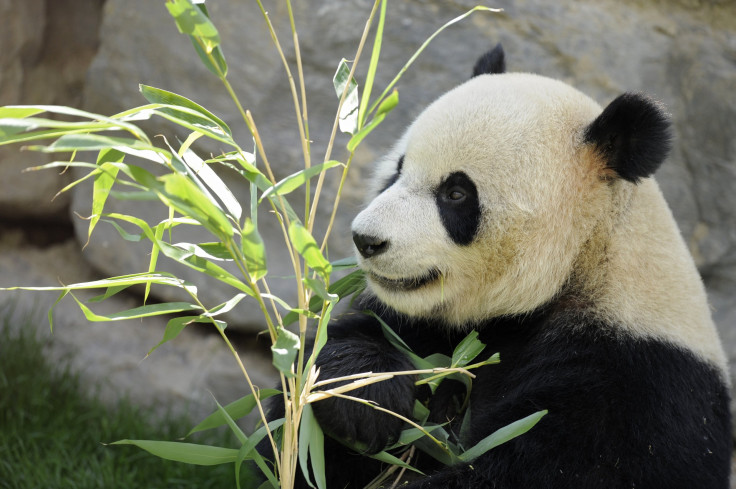Giant Pandas Are In Danger Of Being Wiped Out Despite Previous Optimism

A new study in the journal Ecological Modelling claims that giant pandas are even closer to extinction than before, despite a concerted effort by conservationists that took the bear officially off the endangered species list in 2016.
Scientists from Beijing Forestry University said the number of individual giant pandas and the total area of suitable habitat had increased over the past 10 years, but that the habitat had become fragmented as the result of human interference.
"We cannot just focus on the overall number of wild pandas and the total area of habitat, ignoring habitat fragmentation and population isolation," the researchers wrote, according to a report in the Independent.
The study determined that 73 percent of the local populations were extremely small. Additionally, 55 percent of groups of pandas had fewer than 10 individual members and only 33 percent had 30 pandas to a population, which is seen as the minimum number to ensure a population’s survival.
READ: Are Giant Pandas Endangered? China To Build Huge Preserve For Vulnerable Animals
In a 2016 study, the rise in the number of individual pandas was seen as a positive sign for the species. The International Union for Conservation of Nature (IUCN) determined that the bear was no longer "endangered" but instead "vulnerable" to extinction.
This also lead the union to downgrade the panda from a "very high" chance of extinction to a "high risk of extinction in the wild."
"For over 50 years, the giant panda has been the globe’s most beloved conservation icon as well as the symbol of WWF. Knowing that the panda is now a step further from extinction is an exciting moment for everyone committed to conserving the world’s wildlife and their habitats," said WWF Director General Marco Lambertini in a 2016 statement.
However, that bout of optimism was unfounded according to the Beijing Forestry University study, which about the potential of saving the black and white bamboo-eating bear was premature.
"The giant panda survival crisis is complicated because of the co-existence of protection and interference," the researchers said. "The total habitat area and the population size increased as the degree of fragmentation also increased."
In the United States, the giant panda was declared an endangered species in January 1984 until it was taken off the list in September 2016. Giant pandas have dealt with a number of factors that have lead to their decreased population, including unreliable supplies of bamboo, agricultural expansion, poaching, cattle grazing and unlawful logging.
One hypothesis to explain the global trend of decreased populations for different species around the world is the "catastrophe theory" which was in two more surveys of panda populations, carried out between 1999 and 2003 and then again between 2011 and 2014.
"Habitat fragmentation and human disturbance were the most important factors that negatively affected ecosystem stability and increased the survival risk of pandas. Thus, panda survival crisis remains serious," read the Beijing Forestry University's study.

© Copyright IBTimes 2025. All rights reserved.




















